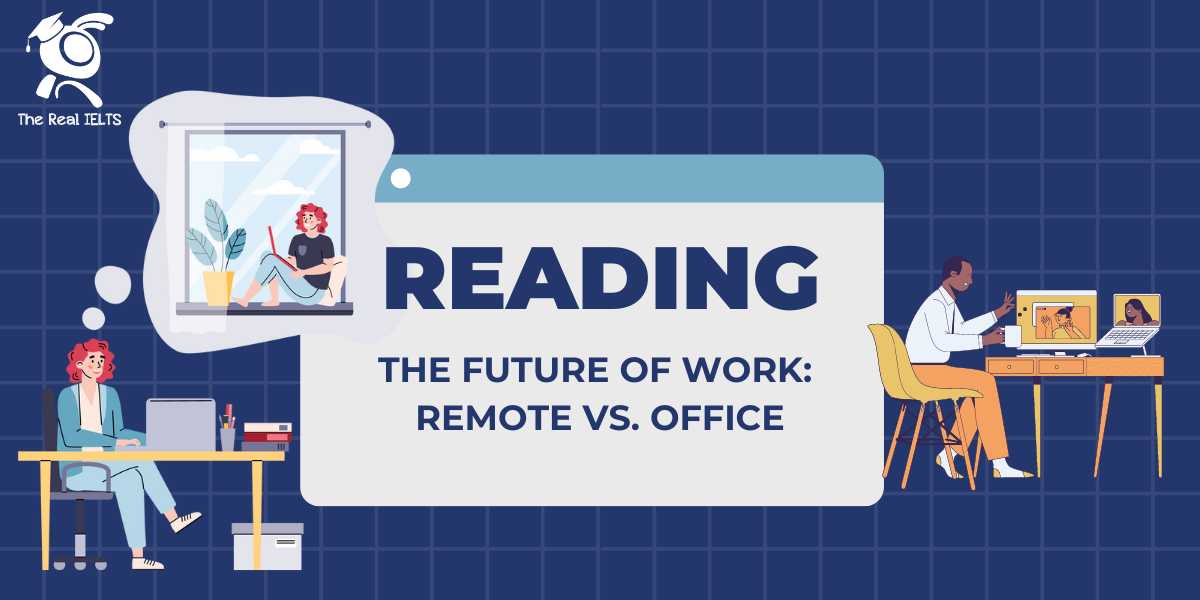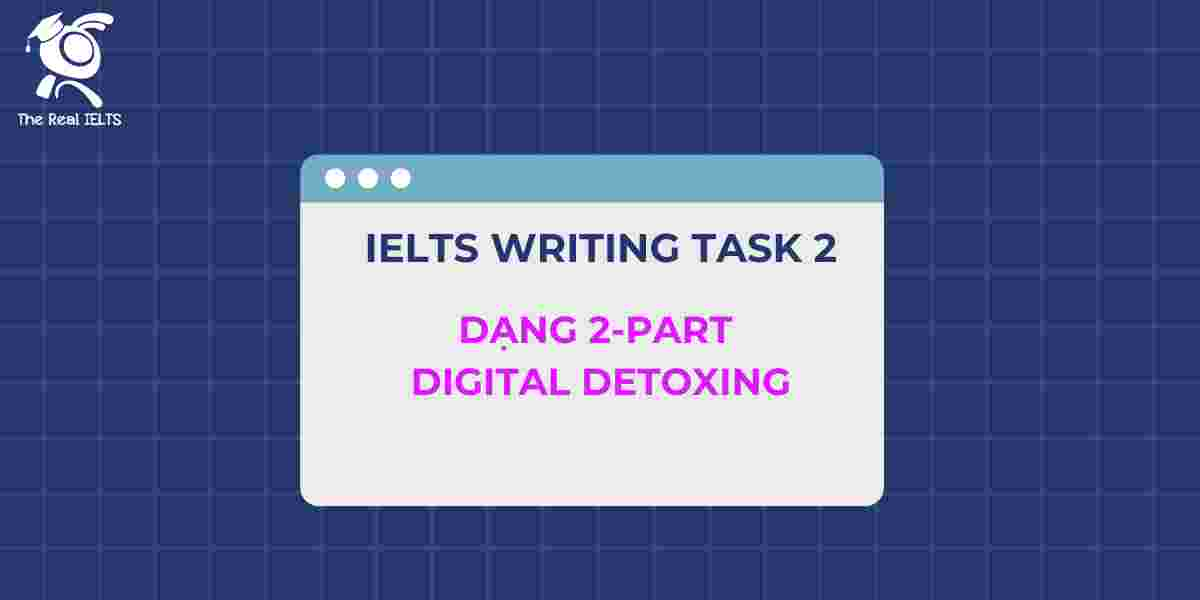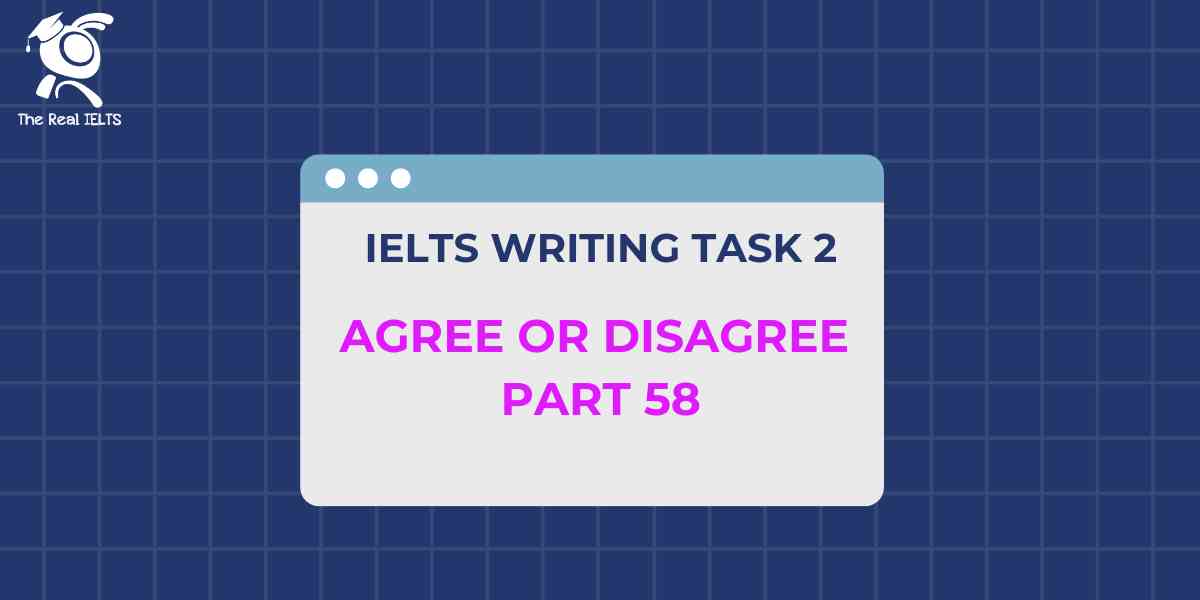Bài Reading này có chủ đề: “Tương lai của công việc: Làm việc từ xa so với làm việc tại văn phòng”. Các bài Reading thường sẽ không có phần ghi âm hay luyện nghe luyện nói gì, nhưng đòi hỏi sự tập trung trong quá trình đọc bài viết. Các bạn hãy đọc kỹ bài đọc và trả lời câu hỏi sao cho đúng.
IELTS Reading Practice: The Future of Work: Remote vs. Office
Passage
The Future of Work: Remote vs. Office
The COVID-19 pandemic has significantly altered the landscape of work, prompting businesses worldwide to re-evaluate their operational models. One of the most profound changes has been the shift from traditional office settings to remote work environments. As the world slowly recovers, companies are faced with a critical decision: should they continue allowing employees to work remotely, or should they return to the office?
Remote work offers numerous advantages. Employees often experience greater flexibility, which can lead to improved work-life balance. Without the need to commute, workers save both time and money, which can result in increased job satisfaction and productivity. Additionally, companies can save on overhead costs, such as office space and utilities. Environmental benefits also arise from reduced commuting, leading to lower carbon emissions.
However, remote work is not without its challenges. Communication and collaboration can suffer without face-to-face interaction, potentially leading to misunderstandings and reduced team cohesion. Employees working from home may also experience feelings of isolation and difficulty in separating work from personal life, which can impact mental health. Security concerns are another issue, as sensitive company data may be more vulnerable outside a controlled office environment.
On the other hand, traditional office settings facilitate direct communication and spontaneous collaboration, which can drive innovation and strengthen team dynamics. Offices provide a structured environment, which can enhance focus and productivity for some employees. Moreover, the office culture often helps in building relationships and fostering a sense of belonging among employees.
Hybrid models, combining both remote and in-office work, are emerging as a popular compromise. These models allow employees to benefit from the flexibility of remote work while maintaining the advantages of in-person collaboration. Companies adopting hybrid models must carefully plan to ensure clear communication, fair workload distribution, and support for both remote and office-based employees.
In conclusion, the future of work is likely to be characterized by a blend of remote and office work, tailored to the specific needs of each organization. The pandemic has accelerated the adoption of flexible work arrangements, and companies that adapt effectively will be better positioned for future success.
Questions
Section A: Multiple Choice
- According to the passage, what is one major advantage of remote work for employees?
- A) Improved job security
- B) Greater flexibility
- C) Higher salaries
- D) Better office culture
- Which of the following is mentioned as a benefit for companies with remote work arrangements?
- A) Increased training opportunities
- B) Enhanced direct communication
- C) Reduced overhead costs
- D) Better employee relationships
- What is a potential drawback of remote work highlighted in the passage?
- A) Increased commuting time
- B) Higher operational costs
- C) Feelings of isolation
- D) Less flexibility
- How does the passage describe hybrid work models?
- A) Outdated and inefficient
- B) A compromise between remote and office work
- C) Beneficial only for large companies
- D) A temporary solution during the pandemic
Section B: True/False/Not Given
- Remote work can lead to environmental benefits.
- True
- False
- Not Given
- The passage states that hybrid models are unpopular among employees.
- True
- False
- Not Given
- Traditional office settings can enhance focus and productivity for some employees.
- True
- False
- Not Given
- Companies that adapt to flexible work arrangements are likely to succeed in the future.
- True
- False
- Not Given
Section C: Short Answer
- Name one mental health challenge that employees might face when working from home.
- What must companies adopting hybrid models ensure to support their employees effectively?
Answer Key
Section A: Multiple Choice
- B) Greater flexibility
- C) Reduced overhead costs
- C) Feelings of isolation
- B) A compromise between remote and office work
Section B: True/False/Not Given
- True
- False
- True
- True
Section C: Short Answer
- Feelings of isolation or difficulty in separating work from personal life.
- Companies must ensure clear communication, fair workload distribution, and support for both remote and office-based employees.
Đọc lại bài cũ: Reading Skill Part 19: Cultural Diversity and Inclusion.















